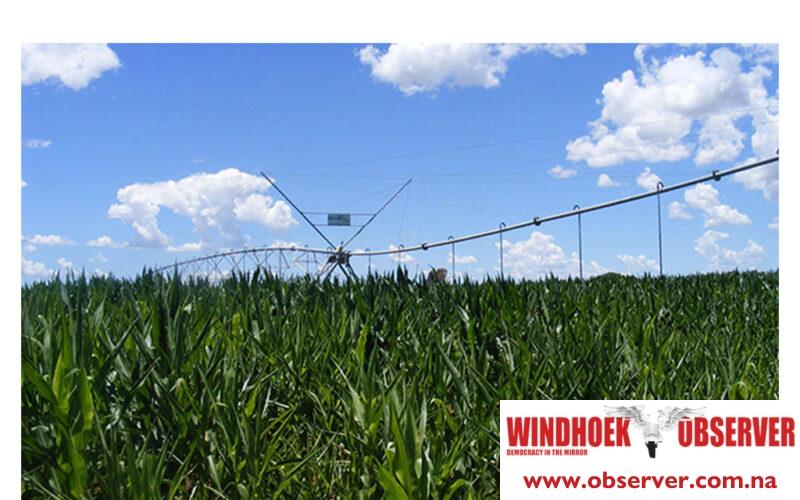Chamwe Kaira
Regional forecasts from SARCOF-31 and the Namibia Meteorological Service predict normal to above-normal rainfall across the north and central interior, where most of Agra’s customers and stores are located.
“These zones are likely to see markedly improved grazing conditions and stronger on-farm liquidity from January to March 2026, driving herd rebuilding, higher auction volumes and renewed input demand. Although parts of the southwest may remain drier and the risk of localised flooding persists, the overall climatic bias supports the agricultural value chain. In practice, that should translate into firmer rural spending, improved credit recoveries and more predictable cash flows through the second half of 2026,” said Max Rix, an analyst at Simonis Storm.
Rix said Agra is viewed as a structurally improving Namibian small-cap company with stronger earnings and a more resilient business model than the market recognises. He said Agra has evolved from a cyclical agricultural intermediary into an integrated rural retail and services platform capable of maintaining earnings through changing weather and commodity conditions.
“In our view, Agra offers one of the most attractive risk-adjusted return profiles in Namibia’s listed mid-cap universe as of late 2025,” said Rix.
He said Agra ended the 2025 financial year with its strongest results to date, supported by higher-quality earnings. Revenue rose 5.5% to N$2.8 billion, gross profit increased 11% to N$566 million, and operating profit grew 43.7% to N$155 million, while net profit reached N$115 million.
“The gains stem from disciplined cost control, product diversification, and improved rainfall that revived agricultural activity. Strong cash generation and a higher share price confirm the operational leverage at work. The only blemish came from higher bad-debt write-offs in the auctions division, a reminder of residual credit risk amid rural recovery,” said Rix.
At the divisional level, the retail and wholesale segment continued to drive performance, recording revenue of N$2.7 billion and raising operating profit from N$169 million to N$209 million, with a 7.8% EBIT margin. The margin increase reflects the success of last year’s strategic changes, including new fuel sites in Mariental, Okahandja and Maltahöhe; a responsibly managed liquor offering; and expanded grocery ranges that turned several stores into full-service rural outlets for farmers.
Rix said the auctions division had a mixed year. Better rainfall encouraged herd rebuilding, which reduced throughput volumes for cattle by 14.6% and sheep by 6.1%. However, average prices rose by about 20% across cattle, sheep and goats after winter.




